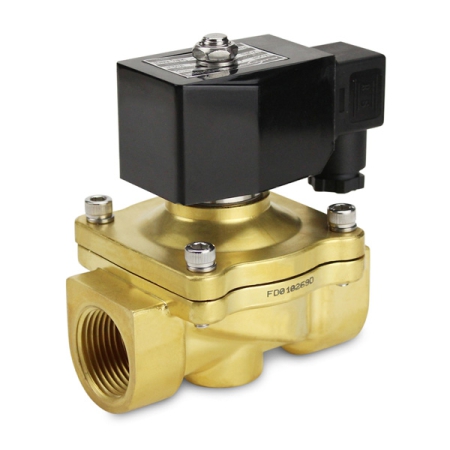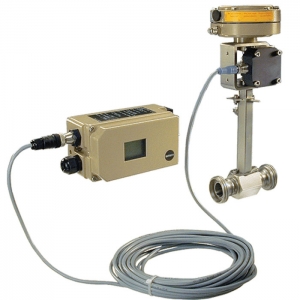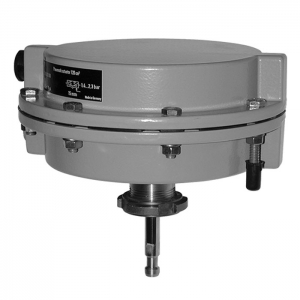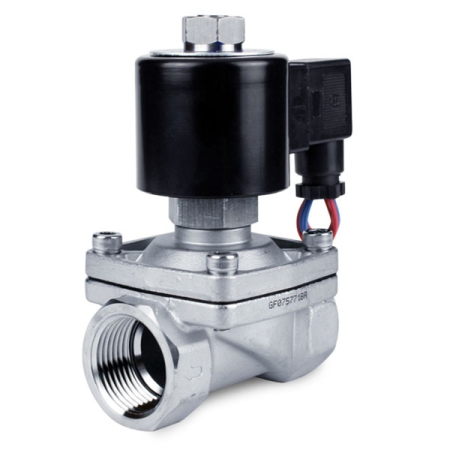Industrial valve
Industrial valves, are instruments that control flow and pressure of fluids and are used in a wide range of industries.
A valve is used to regulate, cut or connect the flow of gas, liquid or any type of fluid in pipelines.
Industrial valves are used in systems and processes to disconnect, connect and control fluid flow. Due to the fact that industrial valves are installed in systems for different purposes, they are designed and marketed in different types.
Application of industrial valve
Industrial valves have a wide variety of applications in different industries, but industrial valves are used in cases where the fluid must be directed and its pressure drop controlled, also for cases where we want to completely stop the flow.
Industrial valves sometimes play an important role in instrumentation systems in order to prevent the return of fluid or to regulate the flow rate of fluids, and sometimes to maintain the safety of instruments from pressure or high temperature.
Industrial valves are used in most commercial, military, residential, transportation and organization systems.
Industrial valves are used in many mechanical instruments, including:
- Pipelines or piping
- Oil and Gas
- Food and drink
- Pharmaceutical Industries
- Air conditioning systems
- Water systems in homes and offices
- Gasoline mechanisms in cars
Also, these valves are used in oil and gas extraction companies, power plants, mines, chemical and petrochemical industries, sewage systems, etc.
- Display 15 Products per page
Types of industrial valves
Industrial valves have a broad range of applications in the world of instrumentation. Frequently used valves, which include materials such as steel valves, cast iron, carbon steel, etc, with different dimensions and classes:
- Gate valve
- Butterfly valve
- Check valve
- Globe valve
- Needle valve
- Ball valve
- Solenoid valve
- Control valve
- Safety valve
- Diaphragm valve
- Multi-way valve or manifold
Gate valve is a shut off/on valve and its disc movement is linear. Gate valves are primarily suitable for isolation. Gate valve is suitable for pipes with large diameters and bi-directional flows. These valves have simple design.
Butterfly valves have compact design and Minimal pressure drop. They are lightweight, easy to install and isolate or interrupt the flow of media. Butterfly valves are frequently used in water and gas applications. They are suitable for slurries, cryogenics, and vacuum services.
Check valves are also known as non-return valves. Prevention of backflow is the main function of a check valve. Check valves have simple design and effectively prevent backflow. Check valves are used in pumps and compressors, chemical and power plants.
Globe valve has linear motion. This valve is turn off/on valve and is a great valve for applications that do not require high pressure drops such as cooling water systems. One of its advantages is that it's easy to repair.
Needle valve acts similarly to globe valve. Needle valve functions better in low flow rates such as small piping systems. Globe valve applications include feed water systems, chemical feed systems, calibration applications.
Ball valves use a ball to control the flow of fluid. Ball valves are the ideal for gases. They have simple structure and are easy to operate and repair.
Solenoid valve is a valve that is used to control the flow of liquid or gas. Solenoid valves are the most commonly used control valves in fluids.
Control valve is a valve that is used to direct the flow of fluids such as gas, oil, water and steam.
Safety valve or Relief Valve is an industrial valve designed to protect instrument against high pressures or vacuum pressures. This valve increases the life of the instrument by discharging pressures higher than the working pressure of the system and prevents their failure.
Safety valve is installable for liquid and gas fluid, suitable for high pressure and temperature.
Diaphragm valve Diaphragm valves have become more well-made, reliable and versatile than ever before. Diaphragm valves could only be used manually for a long time, so the manufacturers of these types of valves equipped them with automatic operators for better and more reliable use. Diaphragm valves are available in both manual and automatic versions.
Multi-way valve or manifold is a valve that is a combination of several valves. This valve is a combination of isolating/blocking valves in a single structure. Each of these valves has a separate valve to connect the pipe.
Parameters to consider when buying industrial valve
To buy industrial valve, we must pay attention to the following points:
- The desired valve material ( steel, cast iron, brass)
- Industrial valve connection (welded, flange, thread)
- Application of industrial valve in industry
- Valve class
- Requested size
- Process pressure and temperature
- Seat






